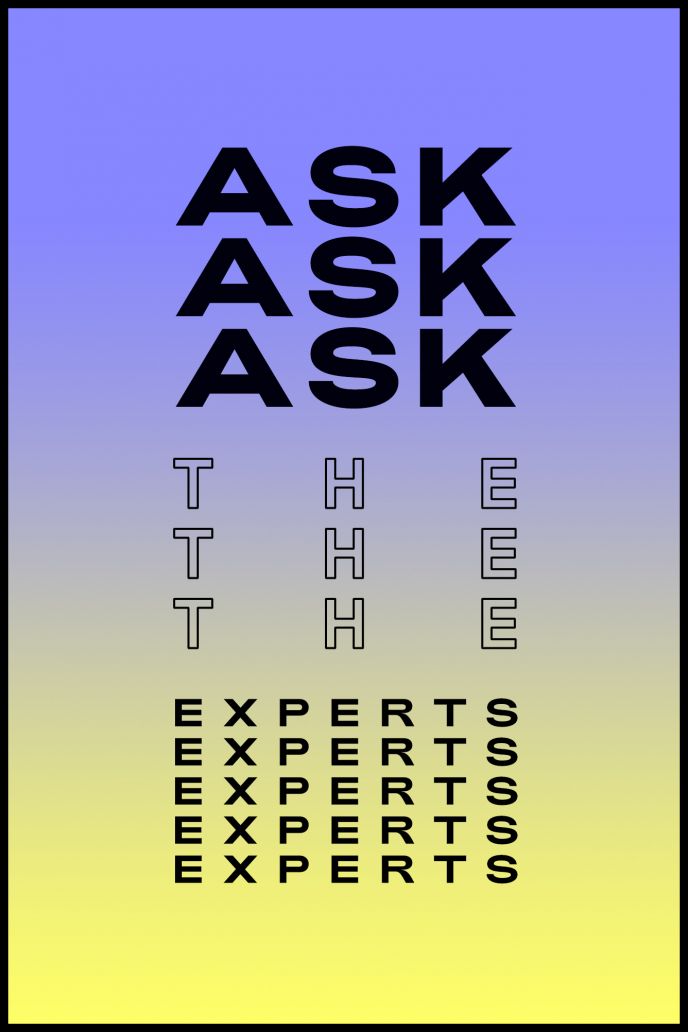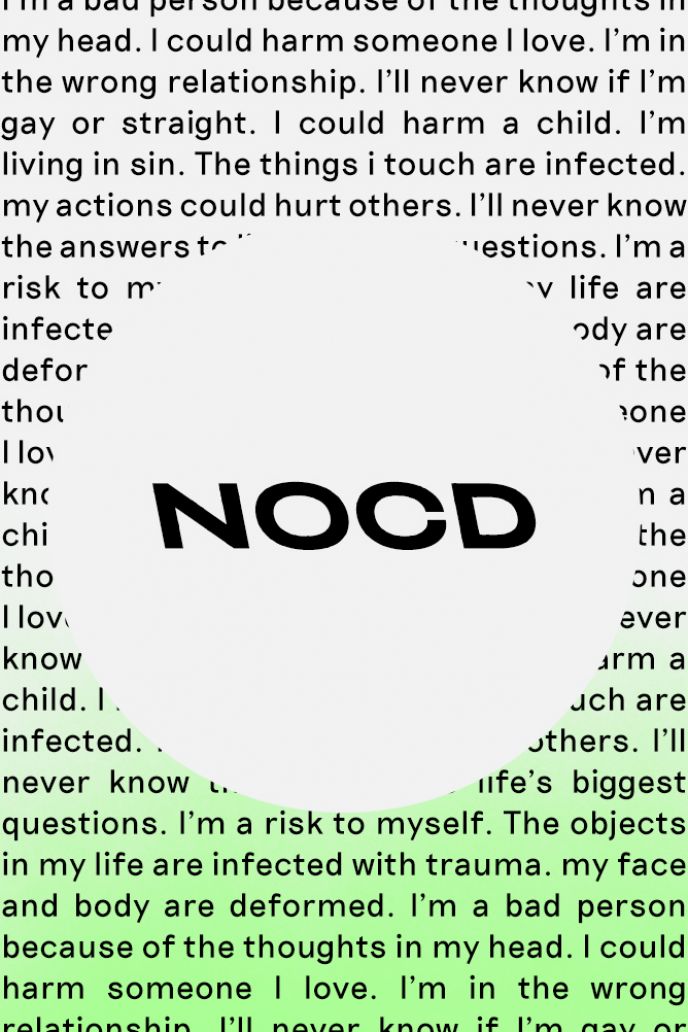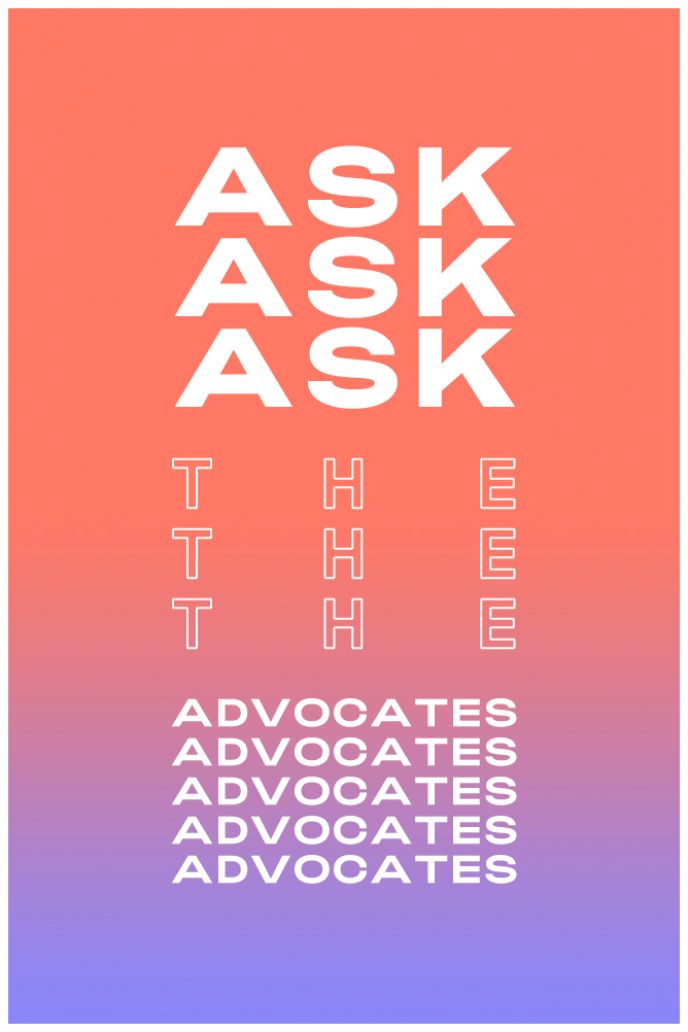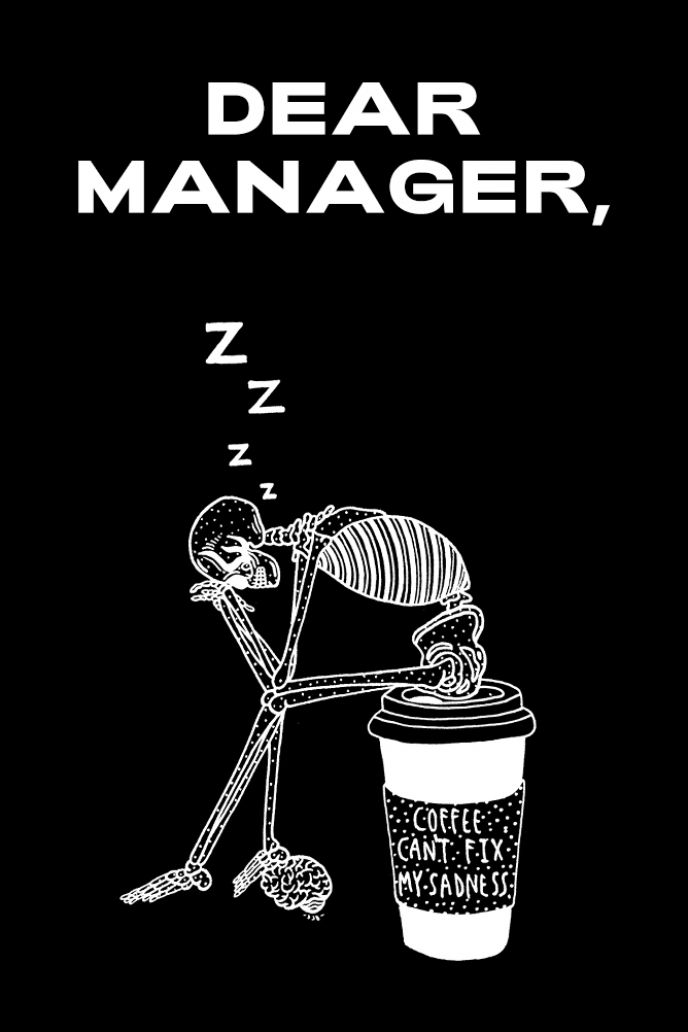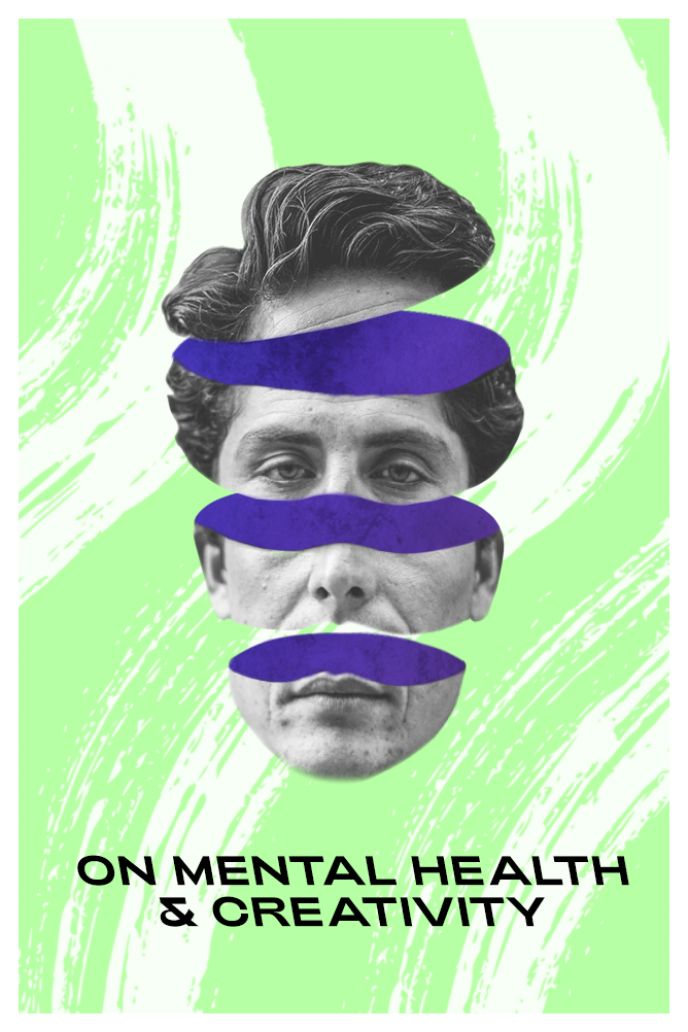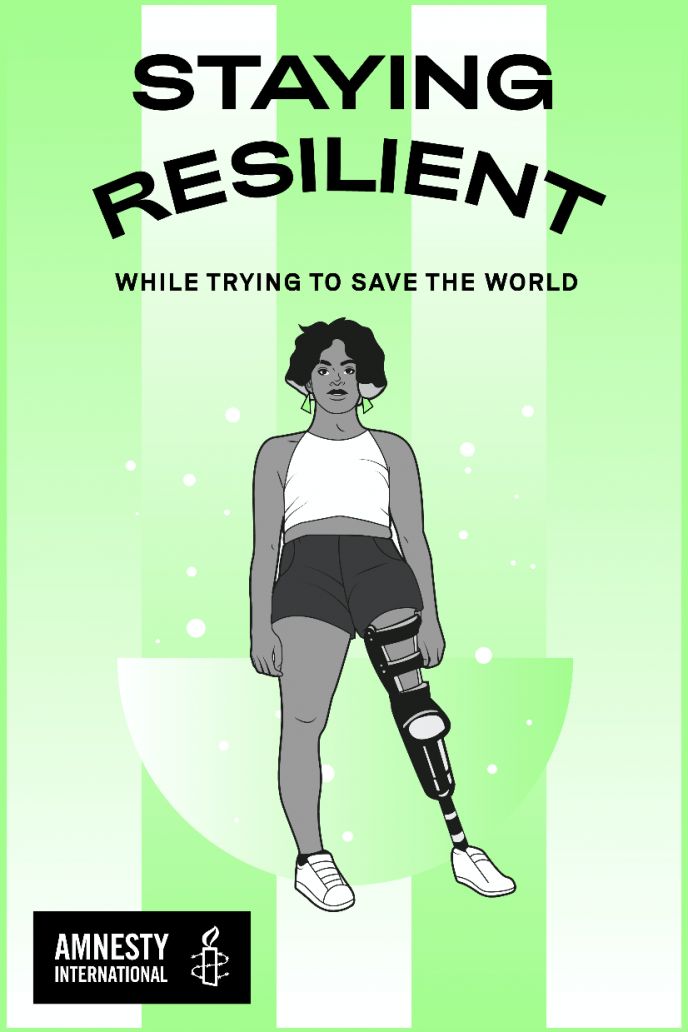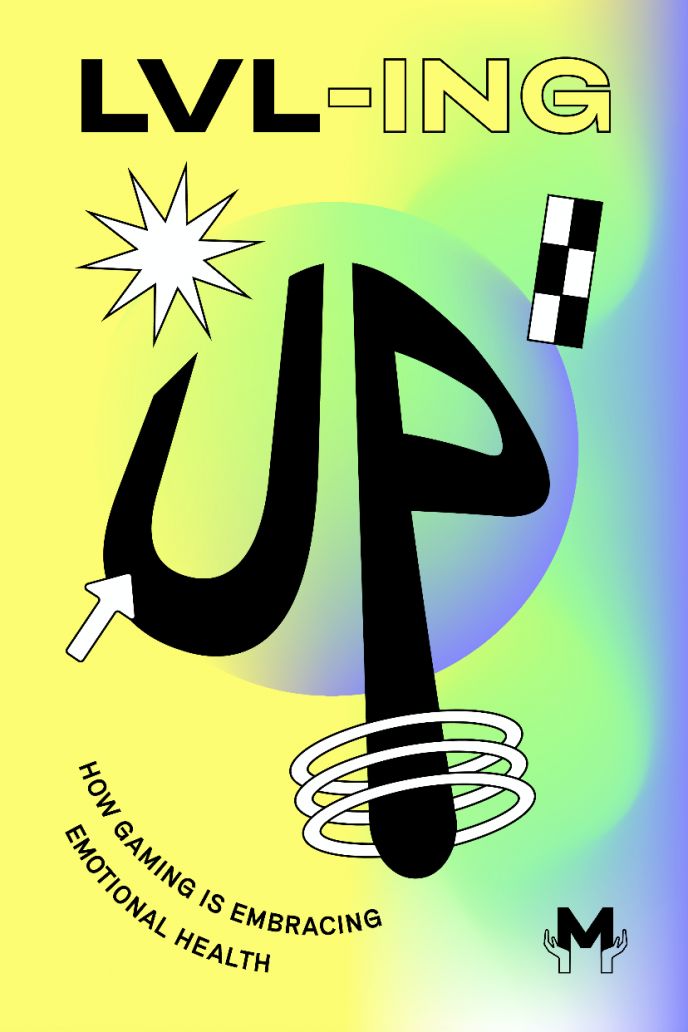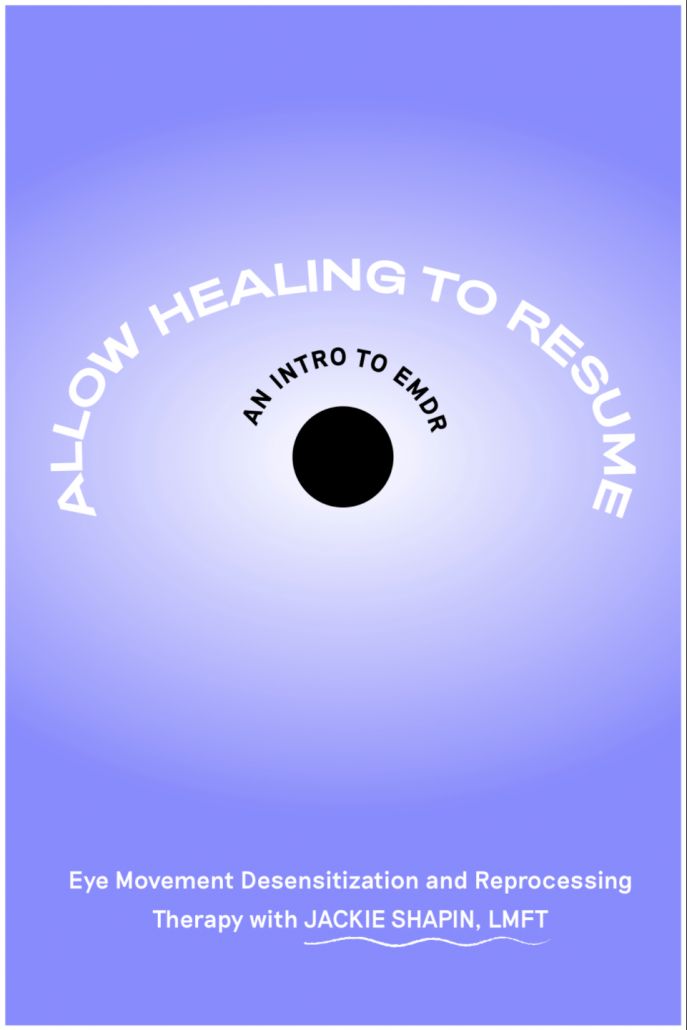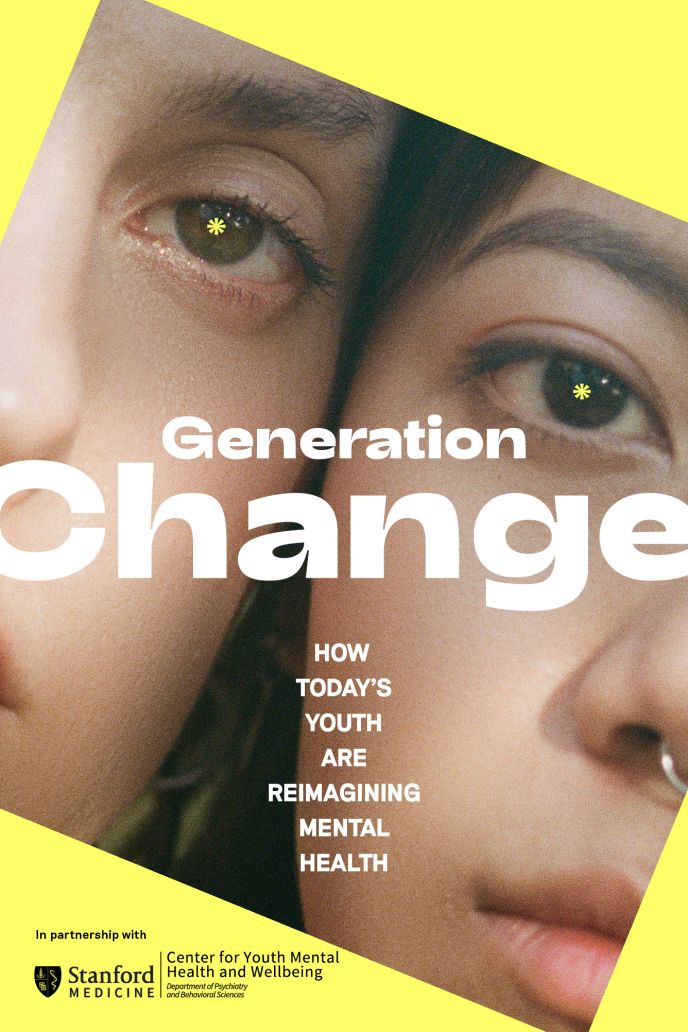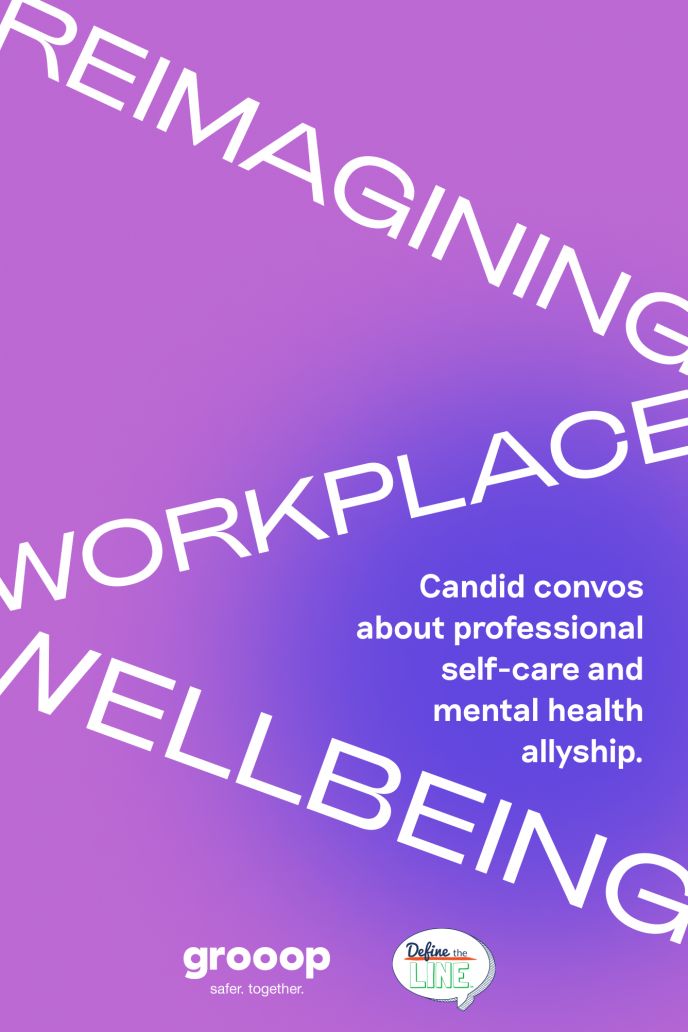What is Burnout, and How Can We Guard Against It?
Learn about burnout and what employers can do to beat it.
Written by Rachel Unger

01 Excessive, prolonged stress in the workplace can cause burnout, a state of physical, emotional and mental exhaustion.
02 Symptoms of burnout include chronic fatigue, changes in sleep habits and appetite and physical symptoms like headaches.
03 Employers need to intervene and address the underlying causes of burnout. Unhealthy work-life balance, unmanageable workloads and unreasonable time pressure are all at the top of the list.
Many of us are feeling emotionally foggy, overwhelmed and on edge. Getting through the day feels hard. Checking off to-dos is daunting. The things that used to motivate us, don’t anymore.
We spend at least one-third of our lives at our jobs. While there, many of us lack the resources, down time and support we need to feel and do our best. Over time, stressors, work loads and unaddressed emotional needs pile up, leaving us mentally and physically exhausted. An experience many of us know as “burnout.”
The term “burnout” has been widely used the past few years, but there is still little consensus around its definition — which makes it hard to prevent, diagnose and treat.
Initially used to talk about health care professionals and the medical community, burnout has recently been studied among lawyers, teachers, therapists and workers in the tech, finance and service industries. Hundreds of studies have been published since the concept of burnout was first described in the mid-1970’s. Since then, researchers and the medical community have vigorously debated its meaning.
In countries like Sweden and the Netherlands, burnout is recognized as a medical diagnosis. And in May 2019, the World Health Organization (WHO) further legitimized it by classifying burnout as an “occupational phenomenon”— but not a medical condition — in the 11th revision of the International Classification of Diseases (ICD).
According to the WHO, burnout is a workplace syndrome that is marked by high emotional fatigue, detachment or cynicism about the job and a low sense of personal accomplishment from work.

How Burnout Makes Us Less Creative
Our obsession with productivity — to-do lists, life hacks, morning routines — is making us less productive, says digital anthropologist Rahaf Harfoush. She explains why we need to redesign our workday around creativity — not just efficiency.
Causes of Burnout
There are a number of factors that contribute to chronic workplace stress and burnout — unmanageable workloads, unreasonable time pressure, poor management, a lack of support and unfair treatment.
Dysfunctional workplace culture plays a role as well. Organizations that foster a skewed sense of work-life balance — by encouraging employees to work excessive hours, or expecting them to work during personal time — create deep, long-term stressors and resentments that can lead to burnout.
Noticing the Symptoms
Burnout has significant impacts on our mental and physical health, but it’s not the same as depression or chronic fatigue. Some common symptoms do overlap with those of depression, like reduced performance, extreme exhaustion and low mood. With burnout, however, most of the problems tend to be work-related, while the negative thoughts and feelings associated with depression span across all life areas. Someone experiencing work-related burnout may be at increased risk for developing depression alongside it.
The WHO describes burnout as:
- Feelings of energy depletion or exhaustion;
- Increased mental distance from one’s job, or feelings of negativism or cynicism related to one's job; and
- Reduced professional efficacy.
Burnout can look different depending on who is experiencing it. Someone may be dragging themselves to work and struggling to sustain concentration due to lack of energy. You might also notice a change in behavior. They may be less productive, more apathetic or unusually impatient or irritable in coworker, client or customer interactions. Someone suffering from burnout may experience physical symptoms, including fatigue, headaches, loss of appetite or sleeplessness / changes in sleep patterns.
Preventing Burnout
A quick search on burnout will produce a flurry of articles about how you personally can avoid burnout or recover quickly from it by increasing resilience, practicing mindfulness or prioritizing self care.
These are all useful strategies, but they don’t address the underlying causes. Taking a few days off work won’t benefit you long term if nothing about your working conditions has changed. In fact, you will likely be launched back into survival mode and resume the cycle of stress.
Prevention requires commitments from employers. If it means keeping a job, many workers will put up with nearly anything, which is why employers play an important role in addressing stressors and broken aspects of company culture. They need to be concerned about burnout if they want workers to perform well, stick around and feel good about their jobs.
How Employers Can Help
Organizational interventions can help support the long-term wellbeing of workers. Christine Sinsky, MD, vice president of professional satisfaction at the American Medical Association, says that the best response to burnout “is to focus on fixing the workplace rather than focusing on fixing the worker.”
Think about the following:
- Does our workplace culture prioritize a healthy work-life balance?
- Is there a strong sense of community?
- Do our employees have stable social relationships?
- Is responsibility and authority shared equally by colleagues?
- Is the workload manageable and realistic?
- Is there a sense of agency and ownership at work?
- Does this environment have the conditions necessary for people to flourish and work efficiently?
- Are we allowing sufficient work flexibility?
- Do we encourage teamwork and demonstrate positive leadership?
By looking beyond the day-to-day causes and examining the systemic issues that lead to workplace stress, employers can better tend to the long-term wellbeing of their employees, leading to greater retention and improved morale. Making these kinds of improvements can help employees feel supported and comfortable raising a hand when they’re overburdened — before things go too far.
About the author
Rachel Unger is a writer and editor based in Washington, D.C. She's passionate about raising mental health awareness and promoting fairness in the workplace.
Support our work
We’re on a mission to change how the world perceives mental health.





